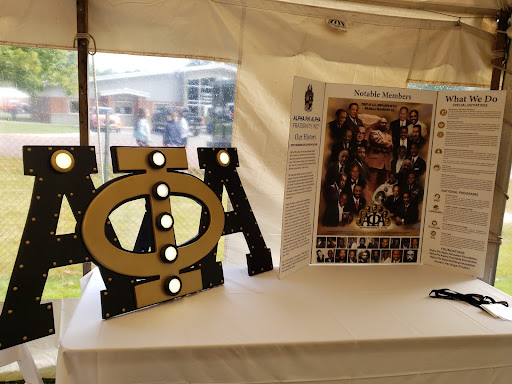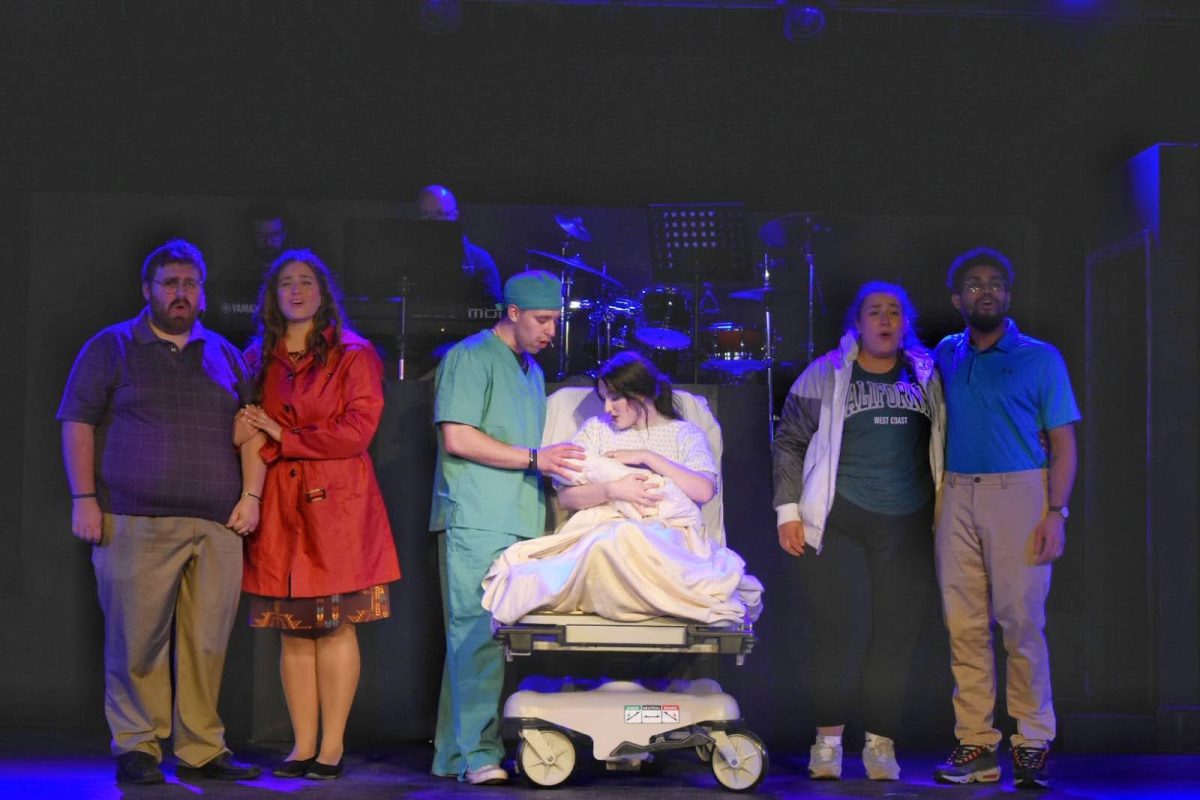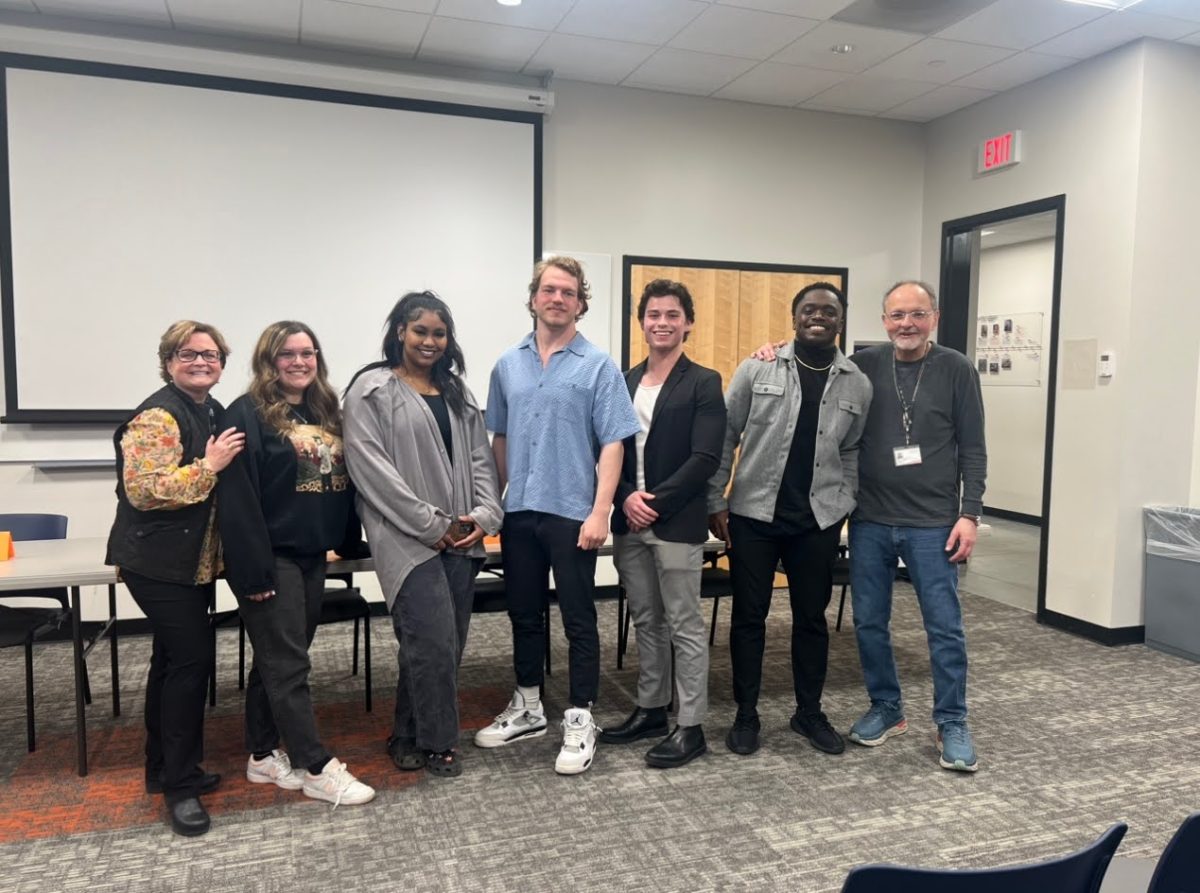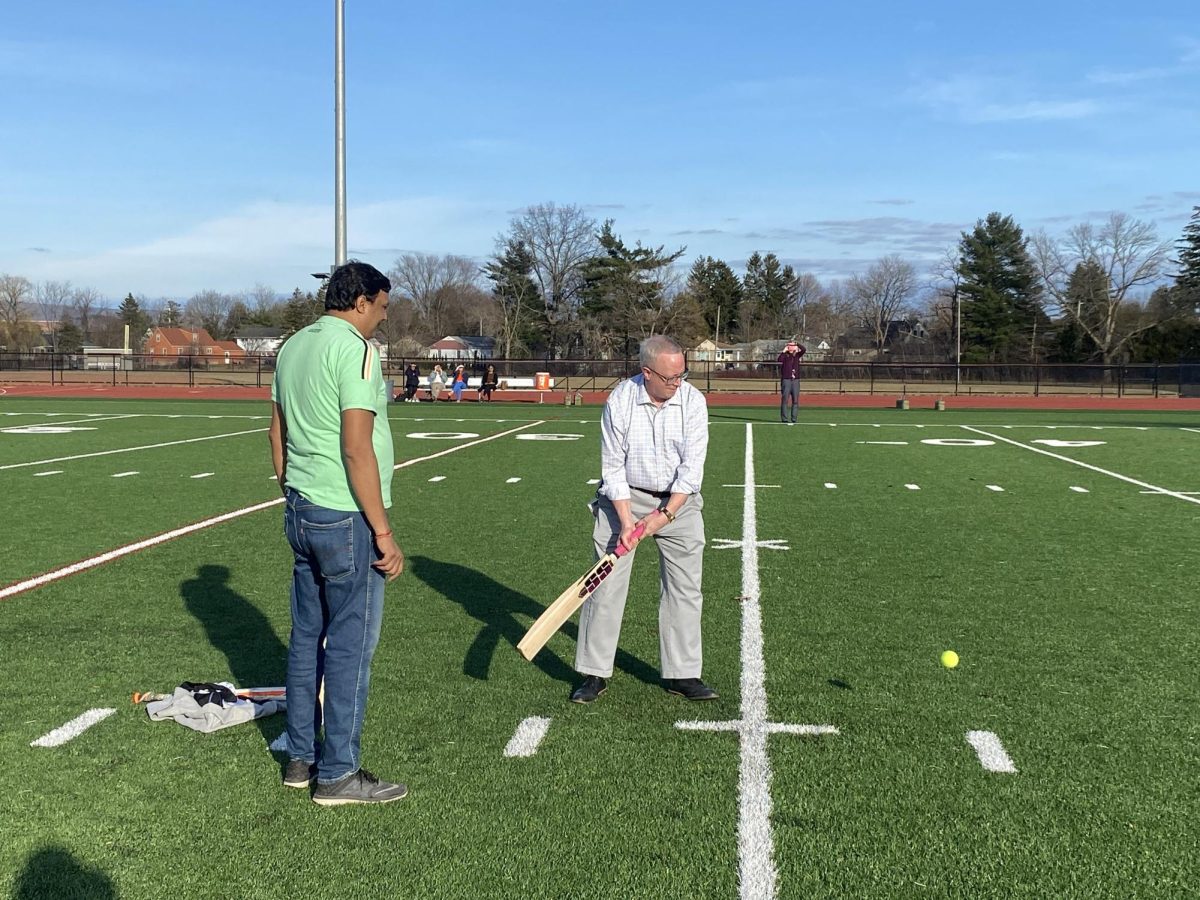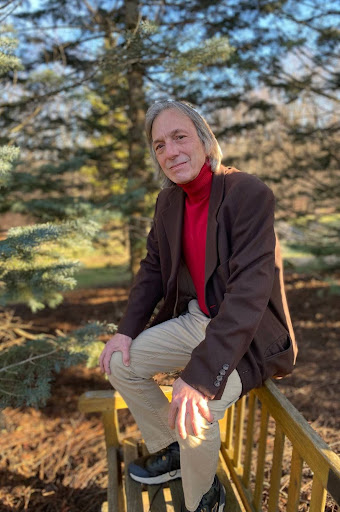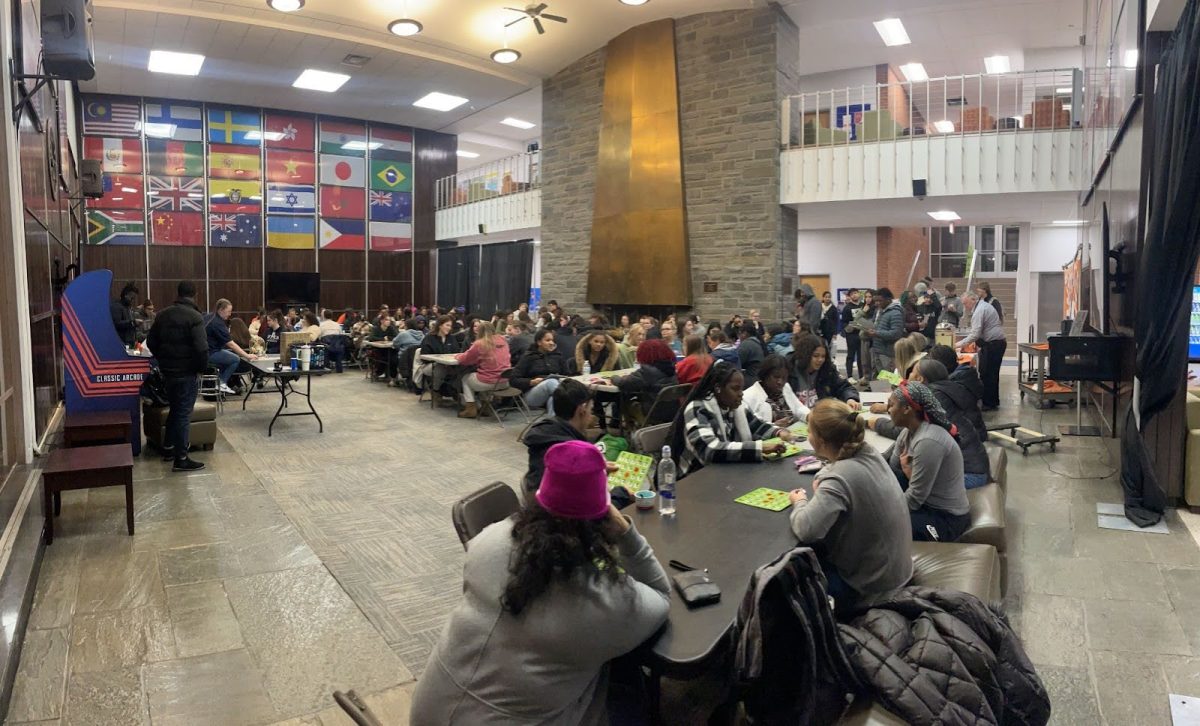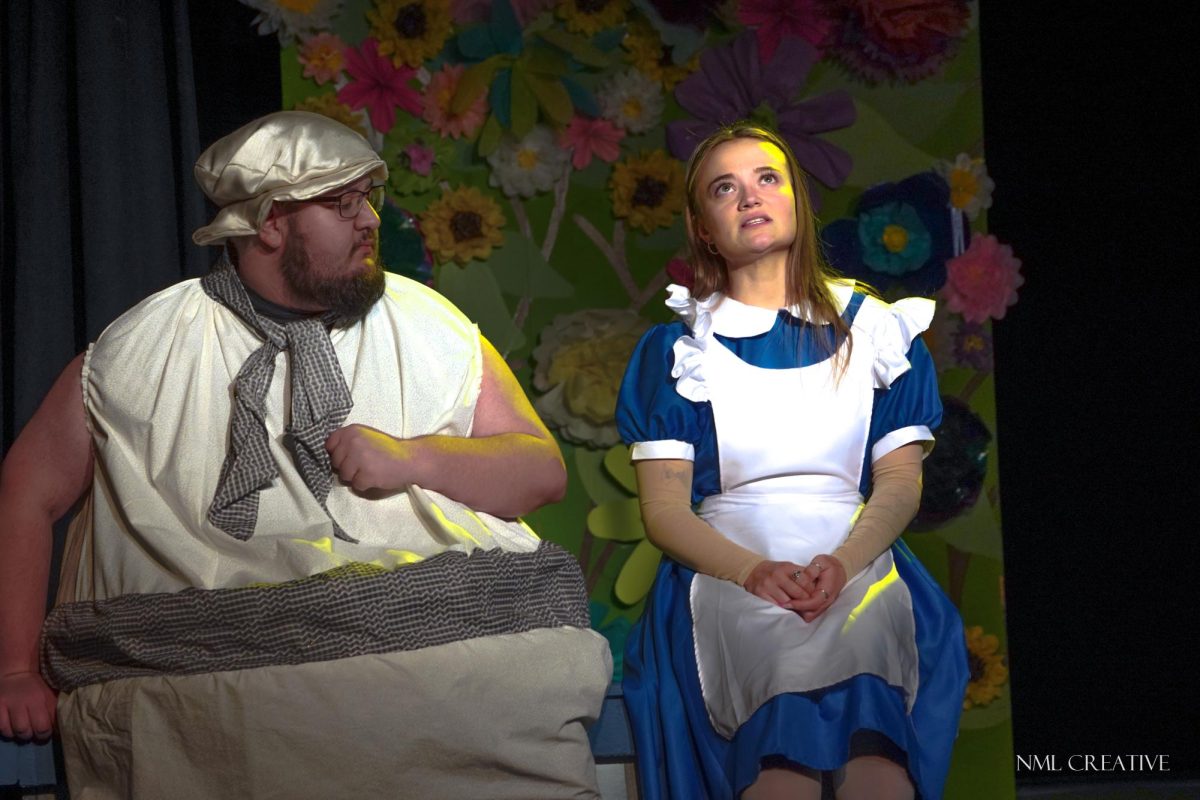Care for a scare this Halloween but don’t believe in ghosts? Some places around Utica have histories strange enough to satisfy even the most skeptical thrill seeker’s appetite.
And while you may believe that “paranormal” activity is just plain old paranoia, visiting these three local haunts may convince you otherwise.
The Oneida Community Mansion House
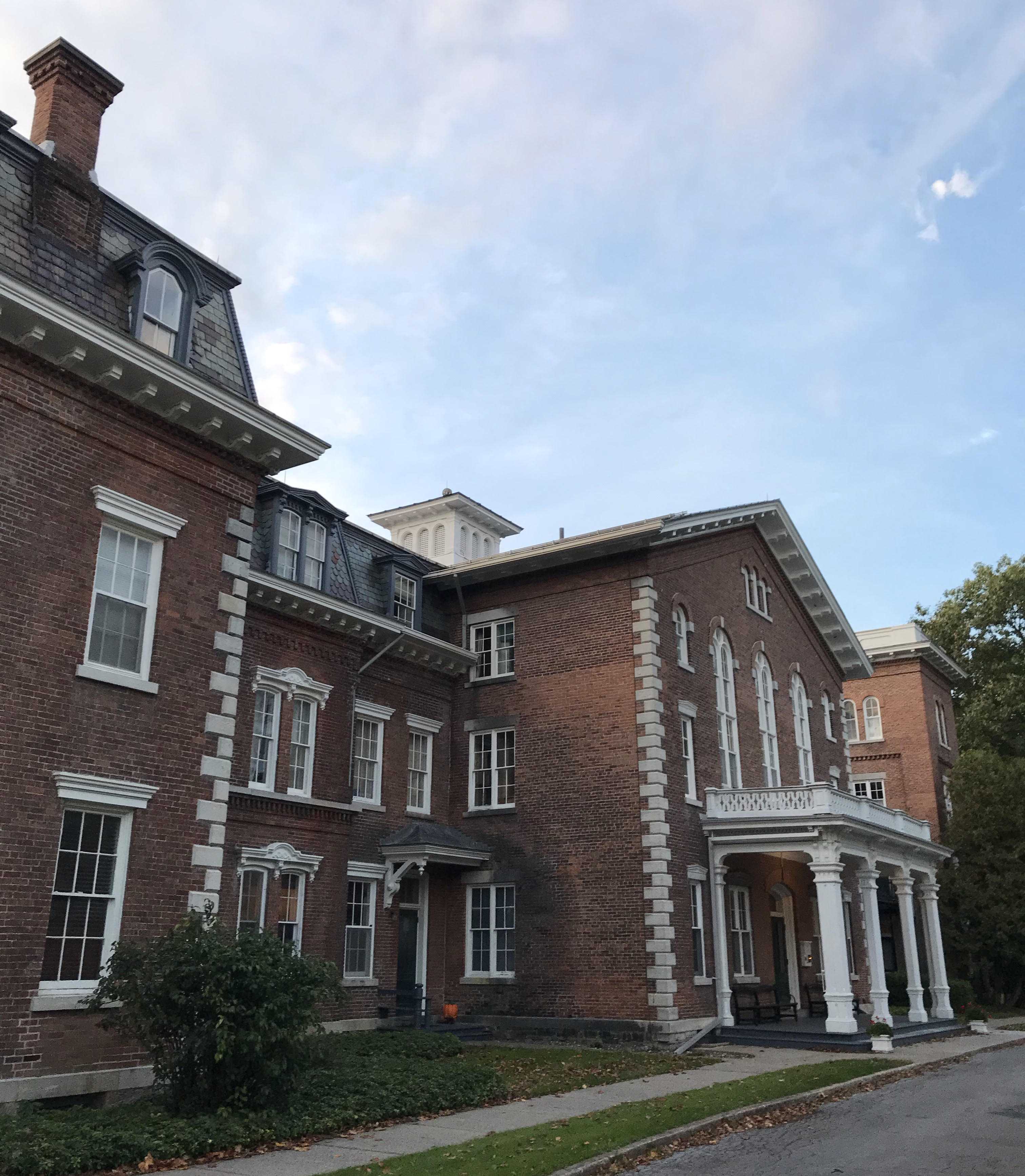
If you’ve used silverware, chances are you’ve already been touched by this first haunt.
The Oneida Community Mansion House is a 93,000 square-foot structure set among picturesque gardens and ancient hardwoods. Located on Kenwood Avenue in Sherrill, the well-maintained building is dotted with chimneys and gabled windows.
Constructed in 1848, the mansion was home to The Oneida Community, a group that defied convention and at its peak had over 300 members.
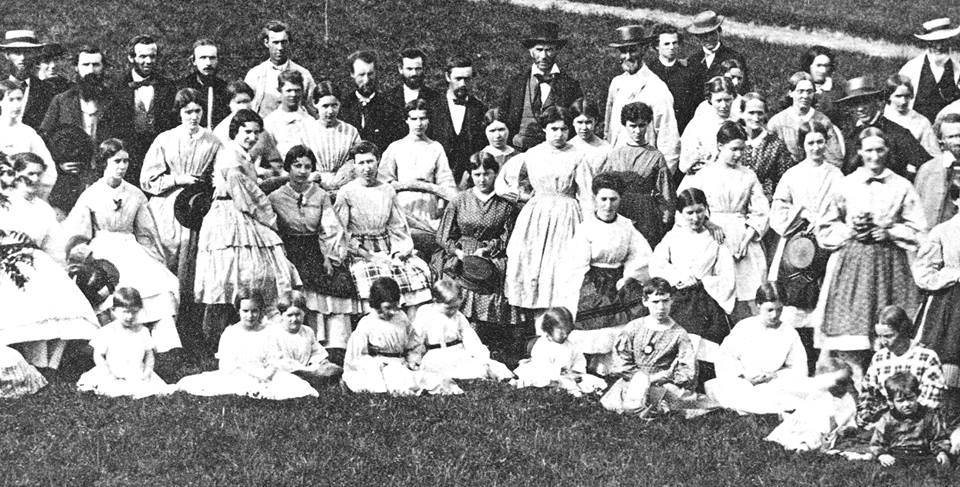
Founded by a Yale law school student turned minister named John Humphrey Noyes, the community practiced Perfectionism, a form of proto-socialism which involved sharing all physical possessions to obtain ‘perfection’ in life.
Here’s where things start to get weird.
The Oneida Community practiced communal or ‘complex’ marriage. Consensual sex with different partners in the community was strongly embraced. Noyes is even credited with coining the term “free love.”
In an effort to breed spiritually superior offspring, the community adopted a formal system to select optimum partners for childbearing. Overseen by a committee, deliberations on the matter took place in a grand hall which looked similar to a courtroom.
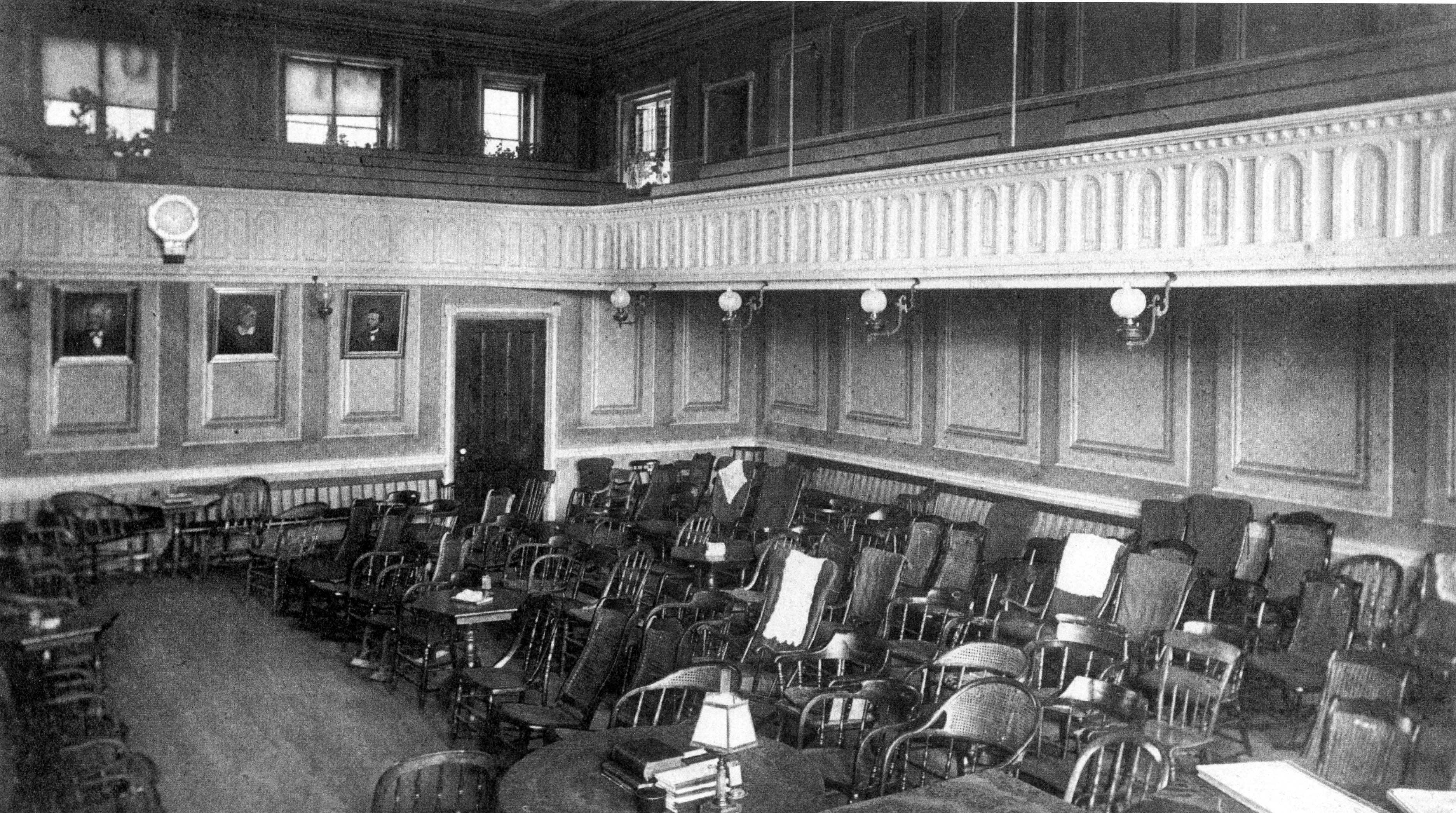
Noyes called the experiment “stirpiculture,” which fits the Oxford Dictionary definition of the taboo practice of eugenics, or “improving a human population by controlled breeding to increase the occurrence of desirable heritable characteristics.”
The experiment lasted for ten years and produced 58 offspring.
Like many others in the 19th century, The Oneida Community took interest in Spiritualism and held seances in the mansion’s attic in an attempt to communicate with the dead.
Their eugenics experiments and dabbling in the occult were unrelated, though, according to Tim McLean, who is a historian and tour guide for the Oneida Mansion House.
Noyes believed the community was already ‘spiritually advanced’ and didn’t need to receive messages from the dead, although Noyes himself claimed to be a medium and in touch with the likes of St. Paul.
As a result, by the end of the 1870s the community had earned an odd reputation and made powerful enemies in the area.
Coming under pressure to conform to traditional marriage and increasingly the target of harassment by local clergymen, Noyes fled the United States in 1879 fearing statutory rape charges. He never returned.
After Noyes’ departure the community partially disbanded, stopped practicing complex marriage and formed the manufacturing company Oneida Limited, which became world-renowned for its silverware.
The mansion house remained occupied by former community members and their descendants. Seances were still held until the fad dwindled in the early 20th century.
In the 1930s a heartbroken young man named Eric Kinsley hung himself off the stairwell to the basement.
Will Gayner of Camp Hill, Pennsylvania is a relative of Kinsley on his mother’s side and is Noyes’ great-great-great grandson.
“He was only 16 years old when he hung himself at the bottom of the basement stairs,” Kinsley said. “The reason he did this was because he had bought a ring for his girlfriend and she ended up returning it and breaking up with him.”
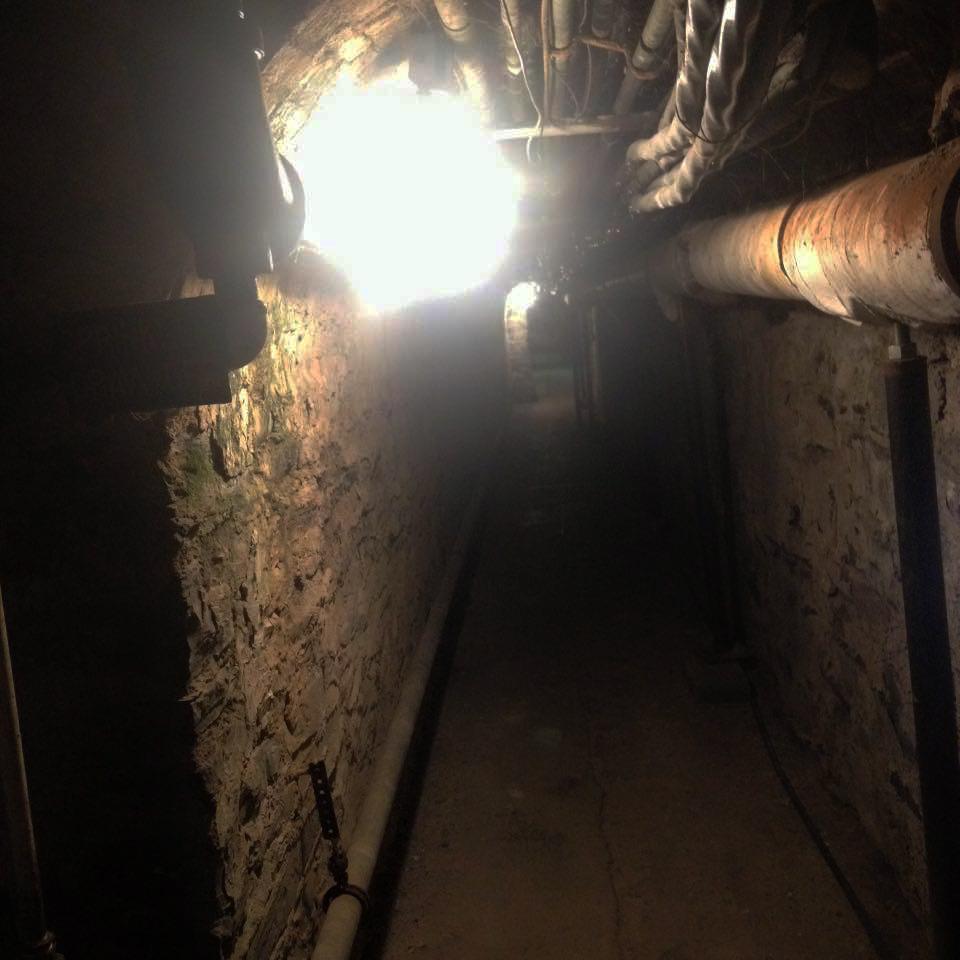
Some claim to feel as if they are short of breath and tight-chested as they descend the stairway into the mansion’s basement. Others have had camera equipment malfunction while traversing the mansion’s labyrinthine depths.
While Gayner has not experienced any hauntings first-hand, he thinks that the entire mansion is haunted. “From what I have heard, it can occur on all floors,” he said.
Now a historical landmark and museum, The Oneida Community Mansion House is open for tours and hosts rotating exhibitions and you can even book a room for an overnight stay for what Beth Quinn Barnard of The New York Times describes as “surely one of the most unusual bed-and-breakfasts in the world.”
Hopefully the spirits of the former free-loving residents don’t keep you awake at night.
Starr Hill
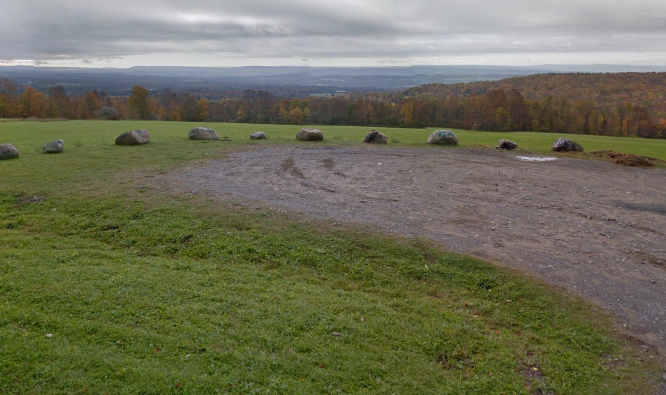
Turning our attention north, our next haunt looms on the horizon as you exit the Mohawk Valley. Starr Hill is a dagger of forested land protruding upward along Route 12. It separates the quiet country village of Remsen and the neighboring town of Steuben.
All is not quiet on Starr Hill, though. Locals are quick to tell of the area’s odd history which includes tales of witchcraft, murder and perhaps even some lingering spirits.
Merritt Howard is a history major at Utica College and grew up in nearby Barneveld. He’s been camping on Starr Hill many times and says there’s definitely some truth to the stories told by locals.
“Personally, I have spent many evenings on Starr Hill around a bonfire and driven through the forest roads at night. I can say that for me at least once the night descends, an eerie feeling can overcome you, as if you are being watched,” Howard said. “I have heard of people seeing movements in the forest.”
Although there are many variations, there are two main legends of Starr Hill, and the first is of the Witchdoctor of Steuben.
The Witchdoctor of Steuben
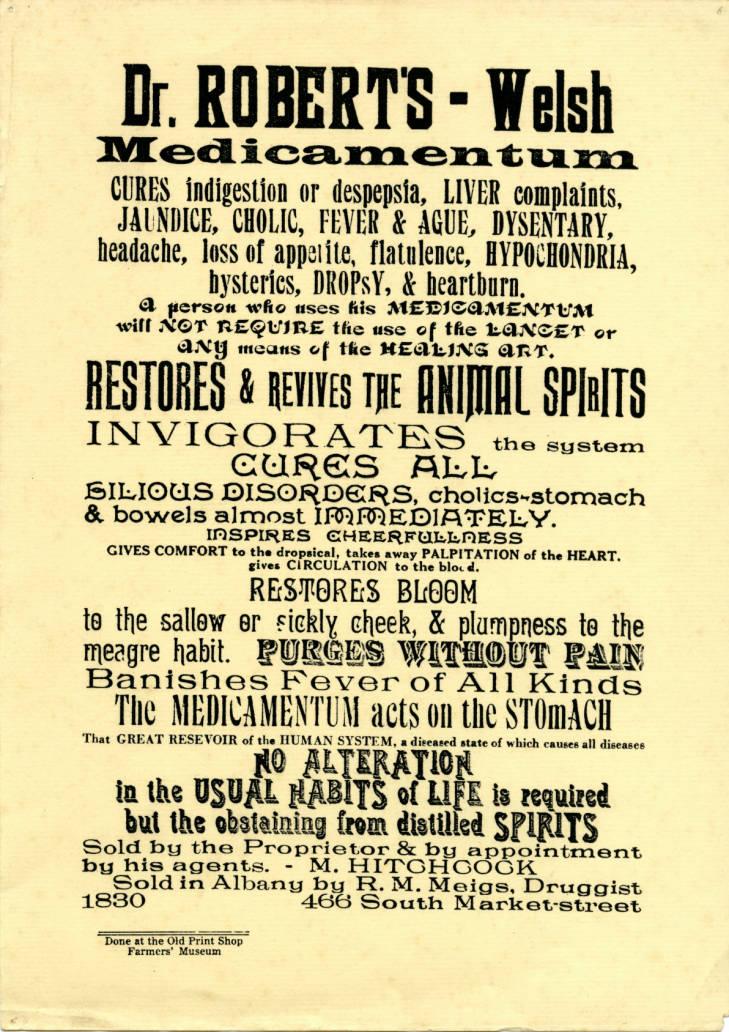
In the 1800s, Dr. Daniel R. Roberts was given the quirky title by the primarily Welsh immigrant neighbors that he treated.
Roberts practiced hypnotism, which was a fringe science at that time and both he and his wife Jane explored the use of potions and alternative healing. This was viewed by the superstitious Welsh settlers of Steuben as black magic.
Nonetheless, Roberts was held in high regard by the community for the medical treatment he provided.
While riding over Starr Hill on his return from a house call one stormy evening, Roberts was thrown from his horse and killed.
Since then, locals have described encounters with a ghostly lantern bobbing up and down Starr Hill Road at night, which supposedly is Roberts trying to find his way home.
Roberts’ grave lies in Capel Ucha Cemetery on the outskirts of Starr Hill and is easily accessible for those who want to dip their toe into the strange history of the area.
To take a deeper dive, find an unmarked road off of Starr Hill Road. It becomes a dirt road and leads into a heavily-wooded area and eventually to Hatch’s Pond.
Hatch
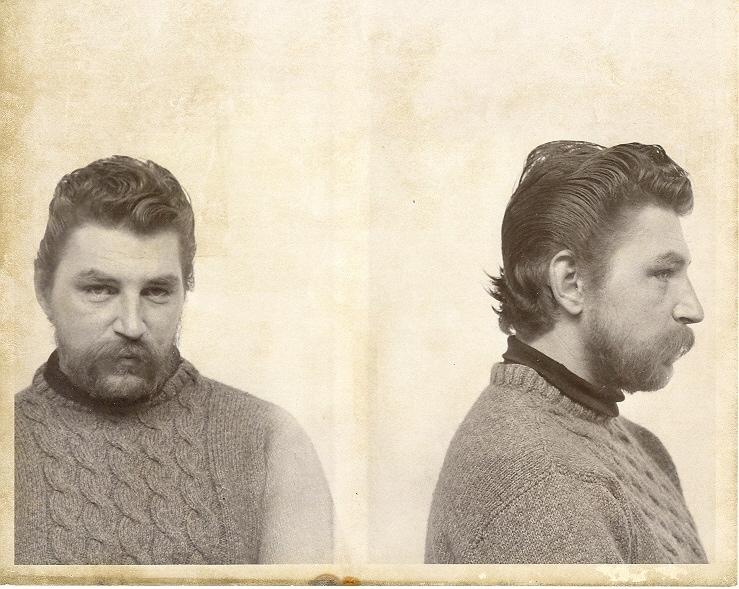
The second legend of Starr Hill is about a serial killer nicknamed ‘Hatch.’
Bernard Hatch, aka The Potato Hill Killer is serving a life sentence in Cayuga Correctional Facility for the murder of Mary Rose Turner.
According to his indictment, Hatch abducted Turner while she was taking an early morning stroll in 1973. He tied her up and dragged her behind his vehicle. Dismembered and mutilated, Turner’s remains were found in a swamp near Potato Hill road, in close proximity to Starr Hill.
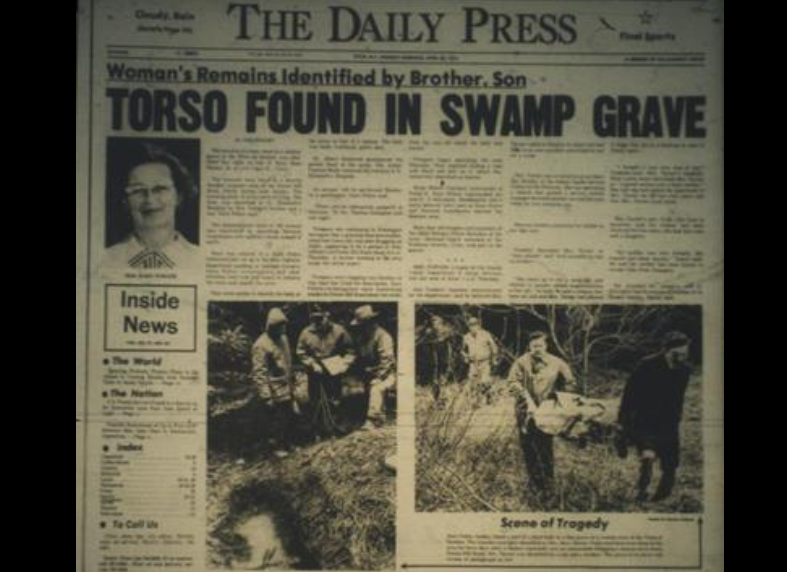
Authorities believe Hatch is responsible for many other local unsolved missing person cases, according to Michaela Parker of the Observer-Dispatch.
“Law enforcement has long held the theory that Hatch was responsible for not only the death of Turner but other women as well. On Dec. 8, 1973, two hunters found the skeletal remains of 22-year-old Linda Cady and her 3-year-old daughter Lisa Cady in the vicinity of Turner’s grave,” Parker wrote.
Hatch may also be connected to the 1970 disappearance of his ex-girlfriend, Lorraine Zinicola and her three sons.
Locals have long speculated that Hatch used the Starr Hill area as a secluded burial ground, perhaps inspired by the mobsters of Utica who used it for the same purpose in the 1950s and 60s.
“There is a large pond in the woods referred to as “Hatch’s Pond” and it is said that some of his victims lay at the bottom,” Howard said.
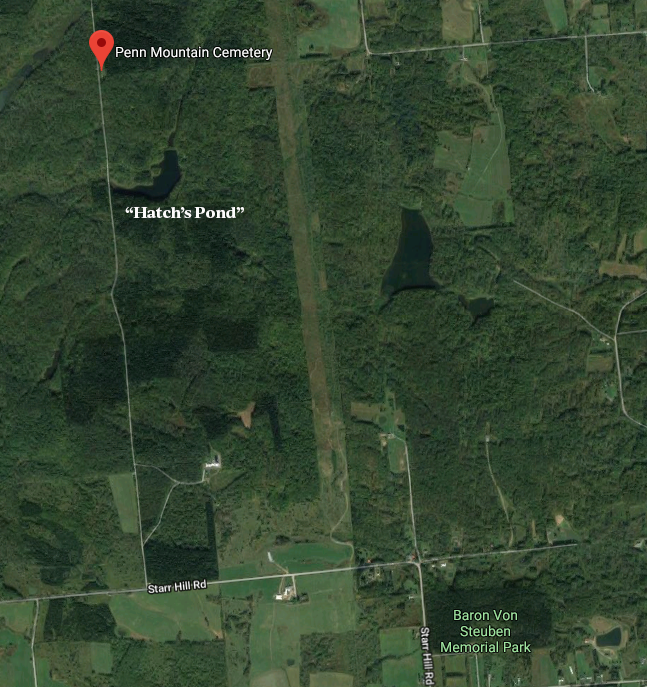
Is Hatch’s pond the watery resting place for many more victims of a murderous mind, — or is Hatch innocent as he maintains after 40 years behind bars?

“The truth will be revealed,” Hatch said in Parker’s article. “Everything does (sic). If there’s one thing written in stone, it’s what goes around, comes around, or as the Bible says, you will reap what you sow.”
Hatch is up for parole this year. Perhaps he’ll be back at work again in the Starr Hill area, visiting his favorite places.
If anyone has the inkling to explore the Starr Hill’s wooded depths, Howard has some words of caution.
“First off bring a friend and don’t litter. There are over 3,700 acres of forest, GPS and cell service on a phone can be hit or miss in those woods and they turn into a maze at night with no discernible landmarks,” Howard said.
Old Utica State Hospital: “The Old Main”
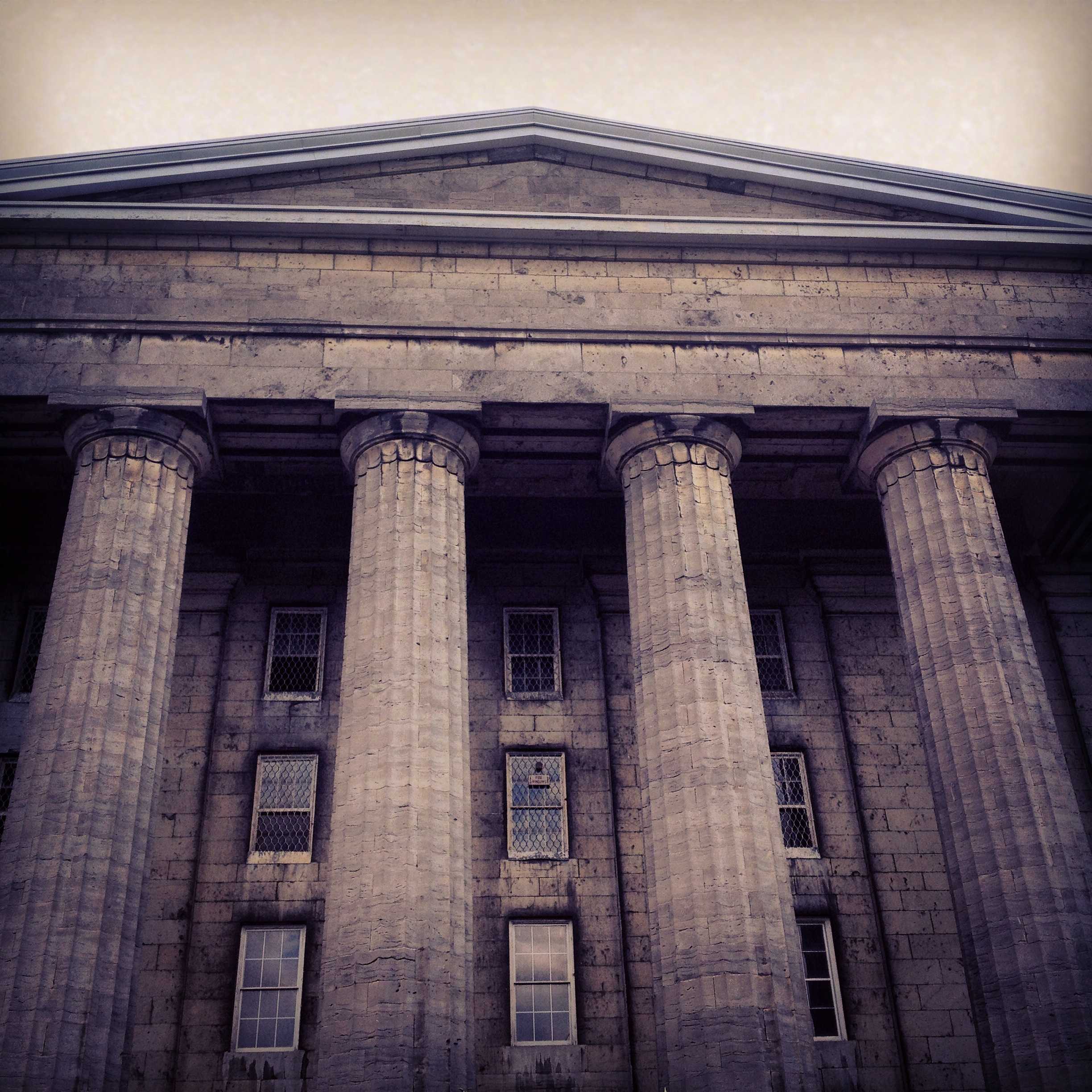
The third and final haunt is within eye shot of Utica College.
Look past the Hutton Sports and Recreation Dome and you’ll see a large brick structure which was a newer branch of the Utica State Psychiatric Hospital, also known as “The Old Main.”
The original building on Whitesboro Street is foreboding. Six immense stone pillars sprawl across its facade. Constructed with gray limestone quarried from Trenton and Little Falls, it was the largest psychiatric hospital in the world when it opened.
It closed in 1977 and many of the patients were simply released into the community. Now The Old Main lies silent and in disrepair, used as a storage facility for mental health records.
Suzanne Richardson, Assistant Professor of Creative Non-Fiction, has researched The Old Main and uses its history as part of her lectures and classroom discussions. And due to her student’s persistent inquiries to the historical society, she had a rare chance to tour the inside of The Old Main.
“The space actually didn’t feel scary to me. There was a lot of light and lots of pictures of the doctors and nurses who worked there especially in the 50’s and 60’s when approaches to mental health were not as barbaric as in the 1840’s when the spot opened up,” Richardson said. “The space certainly felt like an institution–and in my mind that’s never a good or happy place. I can imagine people suffered there, and knowing what I know, some people suffered most their lives there–there were long term patients who were there for half their life.”
Treatment for mental illness in the 19th century was rudimentary at best, and cruel and unusual at worst.
The Utica State Psychiatric Hospital’s first superintendent, Dr. Amariah Brigham, invented a restraining device for patients called the The Utica Crib.
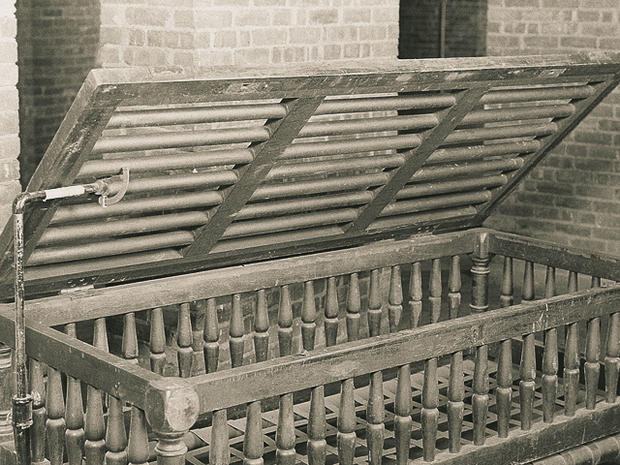
Calling it a ‘crib’ was a euphemism for what was clearly a cage.
Brigham’s philosophy towards treating mental illness was to use “rest, quiet, seclusion, diet and care as cures and promoted non-restraint,” and there “were no dungeons or chains,” according to the National Register for Historic Place’s filing on the hospital.
Locking patients in cages is not a strong example of “non-restraint,” and a room fitted with a Utica Crib surely gave it a dungeon-like ambiance.
“It’s important to note that as scary as the Utica Crib appears it was considered much less barbaric than restraining patients with chains or tying them to chairs,” Richardson said.
But unlike Richardson, some claim to have had paranormal experiences in The Old Main.
The Terminal Journalist documents a hair-raising account of a group of college students who entered the abandoned portion of the hospital under the cover of darkness in 2003.
One member of the group agreed to share her story under the condition of anonymity.
Parked on York Street, she served as a lookout while her friends scaled the barbed wire fence perimeter and found a way in. They stayed in contact by walkie talkie.
As soon as her friends entered the building, the walkie talkies began to malfunction.
“I remember hearing voices on the radio that weren’t any of us, that was definitely goosebump-inducing,” she said. “I was already paranoid about being near a decrepit mental hospital and then hearing strange unfamiliar voices on the radio stuck out.”
She recalls the emergency call button on the walkie talkies going off sporadically.
“I remember [a friend] getting annoyed, we would be mid-conversation and the call button would go off. We ended up trying to scold one another because it was so loud, but then realized neither of us had touched it,” she said. “ I remember setting the radio down in the center console of the car and the call noise ringing and ringing and ringing.”
Was the equipment failure caused by the lead paint and limestone walls, or was something else trying to communicate that night?
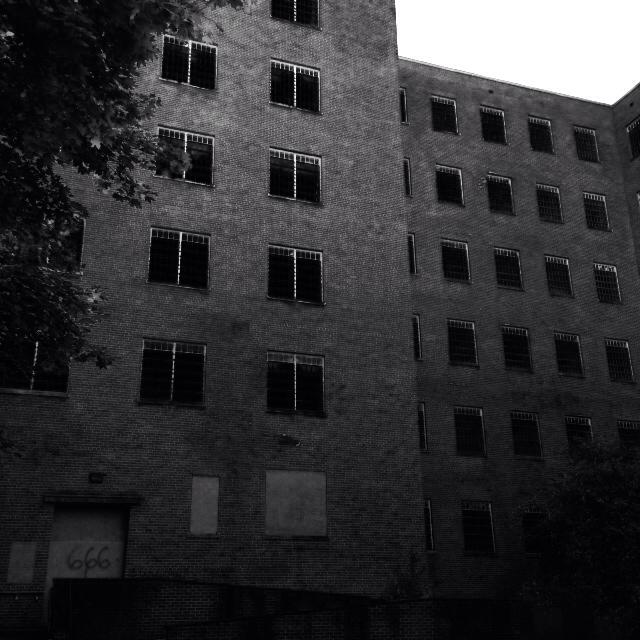
From any perspective, The Old Main is a sight to behold. Architecturally as well as historically, it is one of the most prominent buildings in Utica. It even shares an interesting historical footnote with Utica College.
“Patients did lots of farming which then provided them food to cook and eat. UC’s land was allegedly part of the large acreage of farmland that patients from the psych center worked on,” Richardson said.
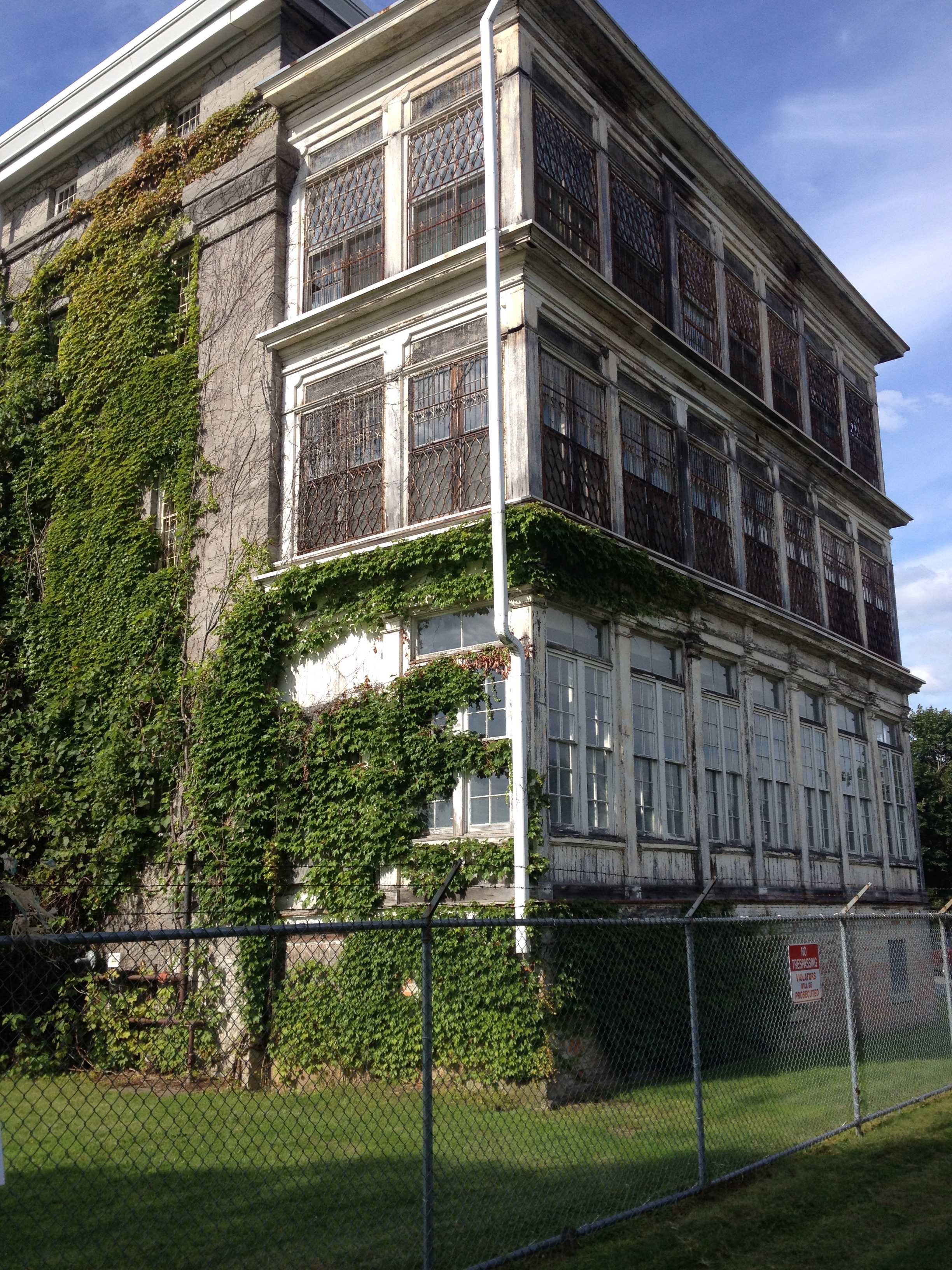
When asked if Richardson believes in the paranormal, she explained that she had never seen a ghost.
“What does being haunted mean? It means something from the past is coming to get you in the present–so you don’t forget or because it won’t let you forget,” Richardson said. “I don’t believe in the paranormal, but I believe in history and I believe certain places in the world carry more significant, bloody, or brutal histories than any other places and the weight of that history can sometimes be felt.”
At Utica College at least, it turns out you don’t need to travel very far at all to be a part of history, and to visit local haunts. ♦
For more information on The Oneida Community Mansion House or to book a tour visit www.oneidacommunity.org/. For more information on the Utica State Psychiatric Hospital, visit https://www.oneidacountyhistory.org/. For more information on the history of the Town of Steuben and Starr Hill, contact The Remsen-Steuben Historical Society at 315.831.8481.







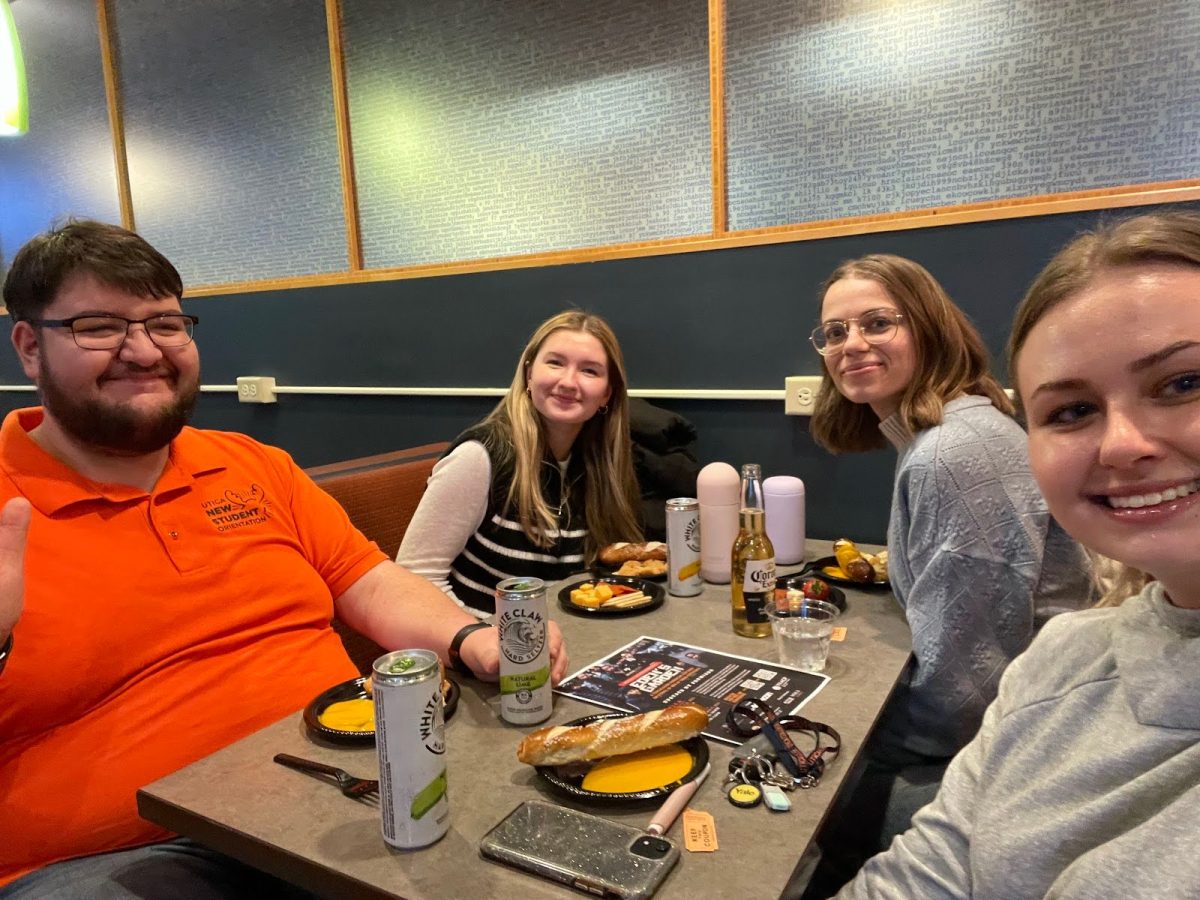










![President Todd Pfannestiel poses with Jeremy Thurston chairperson Board of Trustees [left] and former chairperson Robert Brvenik [right] after accepting the universitys institutional charter.](https://uticatangerine.com/wp-content/uploads/2023/10/unnamed.jpeg)









